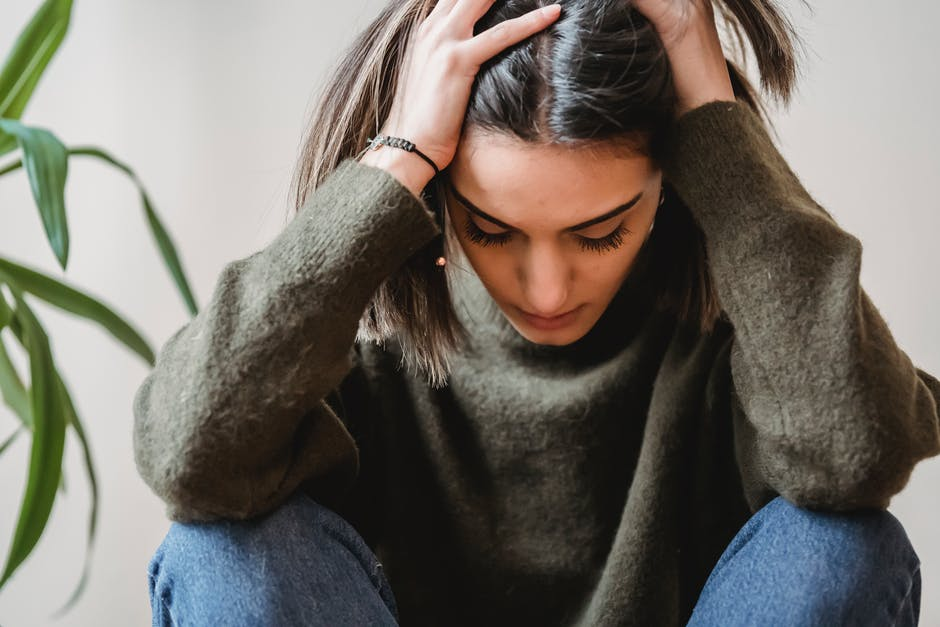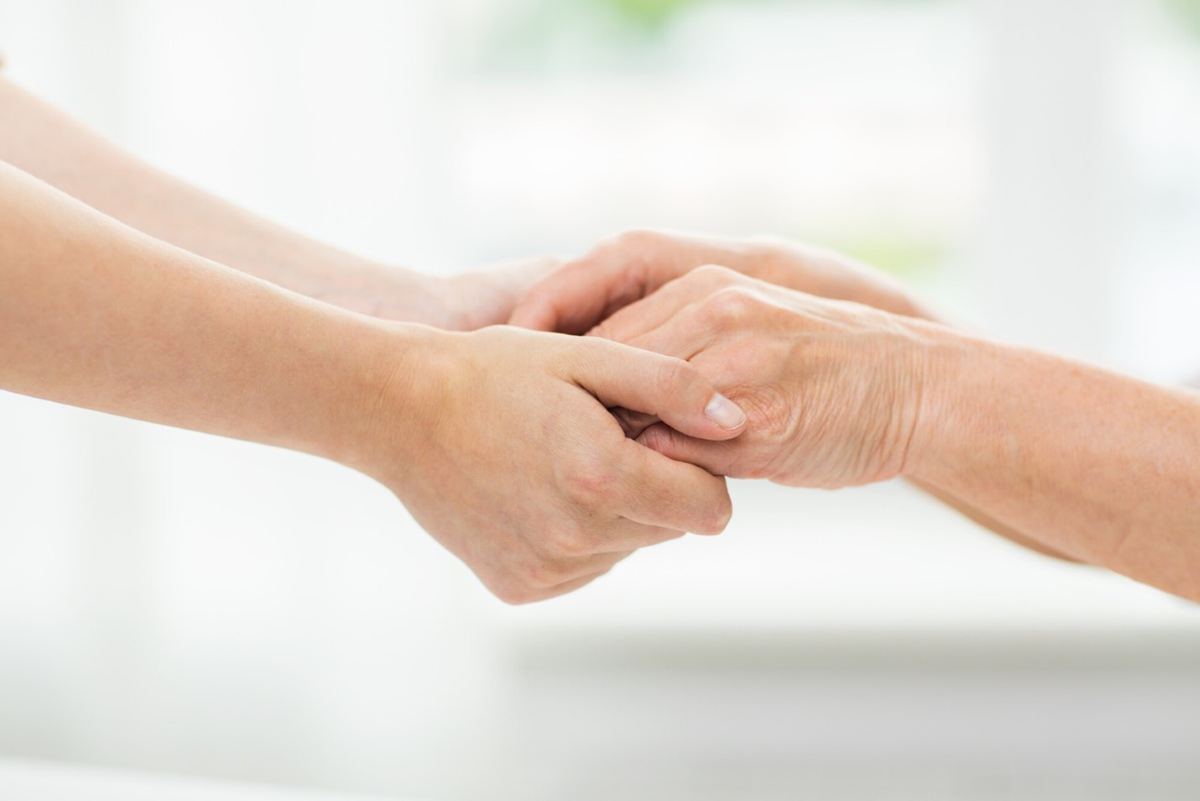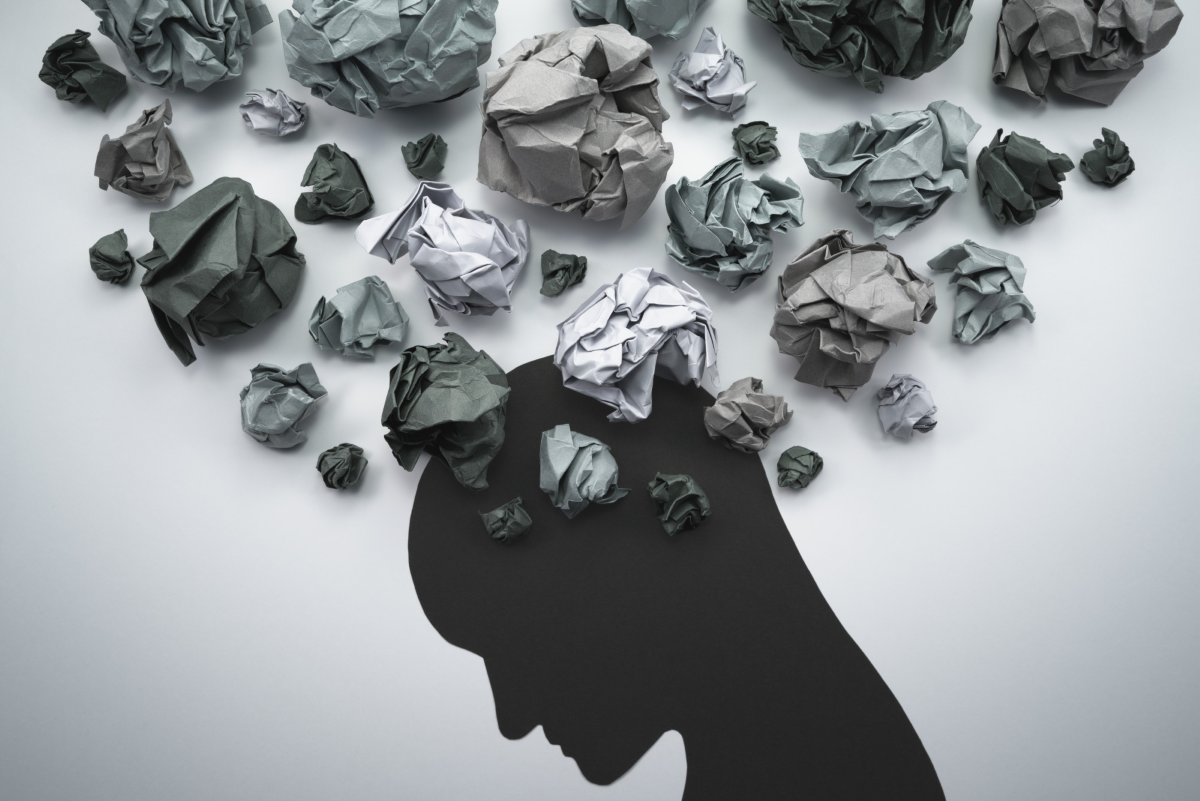When you’re experiencing anxious thoughts and feelings, it’s easy to feel isolated and alone. Although logic tells you otherwise, you might believe you’re the only one who’s ever had a racing mind, sweaty palms, and quickened heartbeat.
The truth is that everyone has experienced a form of anxiety at some point or another. For some people, those episodes are mild and short-lived, usually occurring at the same time as a particularly stressful situation, such as a presentation at work.
For others, feelings of worry and fear are more prevalent. This is called high anxiety and isn’t always linked to a specific event. You may wake up nervous and uneasy for no particular reason, and the emotions stay with you throughout the day.
If this sounds like you, take heart. Though high anxiety can feel lonely at times, you are far from alone, and there is nothing to be ashamed of. Today, we’re taking a closer look at just how prevalent this condition is, and how to find the help and support you need.
What Is High Anxiety?
High anxiety is a condition in which individuals experience prolonged, overwhelming episodes of intense fear and distress. This is a type of anxiety that doesn’t go away when a distressing situation passes. Instead, it permeates into every aspect of your life, often preventing you from engaging in everyday activities, such as work or hobbies that used to bring you joy.
For most people, the feelings of high anxiety are not only long-lasting but difficult to control. They’re also disproportionate to the actual danger at hand. You may logically know that certain places or situations won’t be traumatic, but you still avoid them to keep from triggering those emotions.
How Many People Suffer from It?
Anxiety disorders are the most common type of mental health concern in the United States. You are absolutely not alone in your suffering, and there’s power in recognizing this solidarity. Let’s break down just how prevalent this condition is.
Global Population Affected
As you might imagine, it’s impossible to get a truly accurate snapshot of anxiety on a global scale. This disorder often goes misdiagnosed, if individuals even discuss it with their physician in the first place. It’s far too common for people with anxiety to sweep their symptoms under the rug and attempt to go about their daily lives.
Yet, there have been studies that attempted to capture just how widespread high anxiety has become. According to one recent report, more than 10% of the global population suffers from some type of mental health disorder (792 million people). Of those, nearly 4% have an anxiety disorder (284 million).
U.S. Population Affected
On the home front, anxiety is just as widespread and again continues to go underdiagnosed. Although millions of people suffer from it, fewer than 40% seek and receive treatment. There are myriad reasons behind this hesitancy, from shame and stigma to a lack of knowledge about mental health problems.
In all, research shows that more than 40 million U.S. adults age 18 or older are currently suffering from an anxiety disorder. That’s more than 19% of the total population.
While this number encompasses a range of different conditions, all anxiety disorders have one symptom in common—the persistent presence of fear and worry in a non-threatening situation. Both men and women can develop this disorder, though it tends to affect U.S. women (23.4%) at a higher rate than men (14.3%).
Unfortunately, adults aren’t the only ones who experience these emotions—they can also affect the littlest ones among us. Specifically, around 7% of children age three to 17 in the U.S. also experience issues with anxiety. For most people, the first symptoms start developing before they turn 21.
Different Types of Anxiety Disorders
Anxiety disorders can take many forms and each one has its own associated symptoms. However, they all can lead to frequent, reoccurring episodes of high anxiety. Some of the most common types include:
- Generalized anxiety disorder
- Panic disorder
- Post-traumatic stress disorder (PTSD)
- Obsessive-compulsive disorder
- Separation anxiety disorder
- Social anxiety disorder (or social phobia)
- Agoraphobia
Associated Symptoms
All of the anxiety disorders listed above can catalyze symptoms that are emotional and physical in nature. Some of the most common emotional ones include:
- Feeling restlessness or irritability
- Feeling apprehensive or dreadful
- Feeling tense and stressed
- Feeling on guard, nervous, or jumpy
- Anticipating the worst and watching for signs of danger
Though most anxiety takes place in your mind, the symptoms can also affect your body. High anxiety can manifest in physical ways, including:
- Gastrointestinal issues (e.g., upset stomach and frequent urination)
- Headaches
- Insomnia and fatigue
- Pounding or racing heartbeat
- Shortness of breath
- Excessive sweating
- Tremors and twitches
Managing Your Condition
If your physician has diagnosed you with high anxiety, there are a few different types of treatments that can help. The two most common ones are psychotherapy (talk therapy) and prescribing medication. Depending on the individual, a physician may recommend these treatments to be given alone or in conjunction with one another.
Many people find success through cognitive behavior therapy, or CBT. Through a CBT program, they can learn new ways to think, react, and act to help them feel more at ease and less anxious. While medications alone cannot cure an anxiety disorder, they can be another effective way to help individuals manage their symptoms.
In addition to doctor-prescribed treatment plans, those suffering from anxiety can also find their own ways to cope with their condition and make their treatment more effective. This might mean indulging in self-care or practicing stress management techniques. You may also enjoy meditating, going out in nature, and spending time with family and friends.
The Power of Community
As you find the type of treatment that works best for you, remember there’s power in community. Support groups can be an excellent way to connect with others on the same journey. Together, you can share experiences, tips, and strategies to help manage your anxiety symptoms.
Many outpatient programs will include group counseling sessions as part of a bigger, more comprehensive therapy approach. Counseling programs can help people resolve internal conflicts and develop coping skills to escape the stronghold of anxiety.
Find Support and Solidarity Today
It should bring you comfort to know you are not alone in your battle with high anxiety. Tens of millions of people all over the world are also feeling similar emotions of nervousness and fear.
However, it isn’t enough to simply rest on this knowledge. Now that you know how common anxiety disorders are, it’s time to reach out for help and break free of the cycle.
At Cenikor, we provide programs and services that help you take control of your recovery and reclaim your quality of life. We’re in this together.





